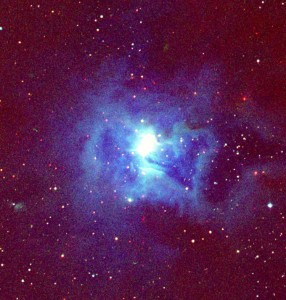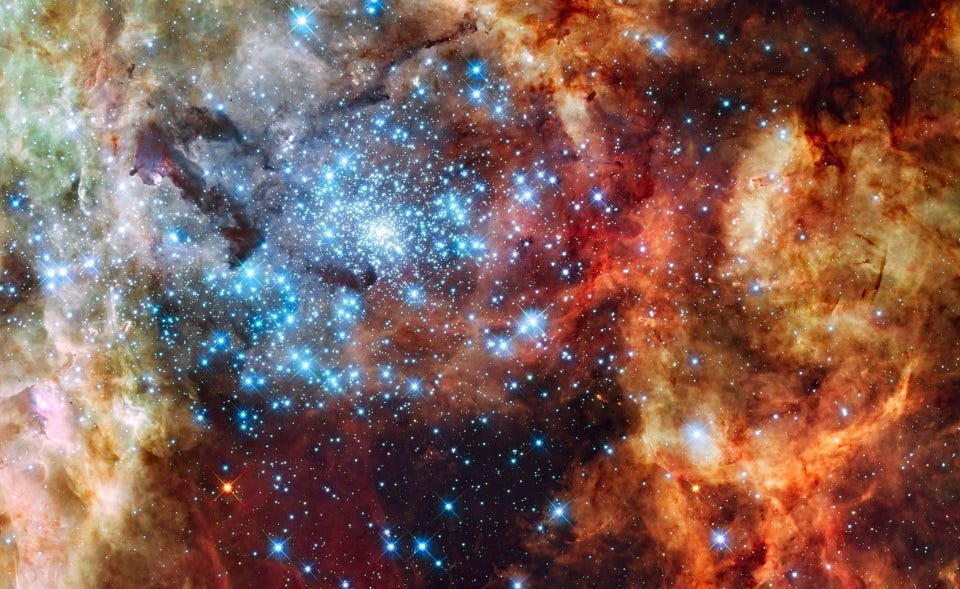

Cosmic-Ray Mystery Traced to Star-Birth Frenzyįollow us on Twitter astrolisa and wiredscience, and on Facebook.Early Galaxies Formed Stars Fast Because They Had More Gas.And it's not alone in dwarfing Earth's dominant star. These giants are typically found in the densely populated hearts of dust-shrouded star clusters. At the top end of the scale, the most massive known star in the sky is R136a1, a star more than 300 times as massive as our sun. One big obstacle standing in the way of scientists trying to solve this puzzle is obtaining observations of these stars. Cascade of Star Formation Captured in Omega Nebula Astronomers still do not understand how massive stars, which are more than 100 times the mass of the Sun, are formed.Telescope Finds Galaxy's Most Massive Star Yet.Massive Star Blows Fancy Hourglass Nebula.

We might, therefore, not expect to find planets around them. Understanding the formation of massive stars. A new image of the R136 cluster, taken with a near-infrared instrument on the Very Large Telescope, is shown in the right-hand panel, with the cluster itself at the lower right.īelow, an artist's conception shows the relative sizes of stars, from red dwarfs of about 0.1 solar masses, yellow dwarfs like the sun, blue dwarfs weighing eight solar masses, and the approximately 300-solar-mass R136a1. These massive stars are very bright but have much shorter lives than the Sun, and in some instances, they live for only several million years (rather than billions). Rotation plays a key role in the star-formation process, from pre-stellar cores to pre-main-sequence (PMS) objects. This trio of images shows a visible-light image of the Tarantula nebula as seen with the Wide Field Imager on the MPG/ESO 2.2-meter telescope (left) along with a zoomed-in visible-light image from the Very Large Telescope (middle). However, due to the very large quantitative uncertainties associated with this mass loss, present-day predictions for such massive-star evolution are seriously.


 0 kommentar(er)
0 kommentar(er)
